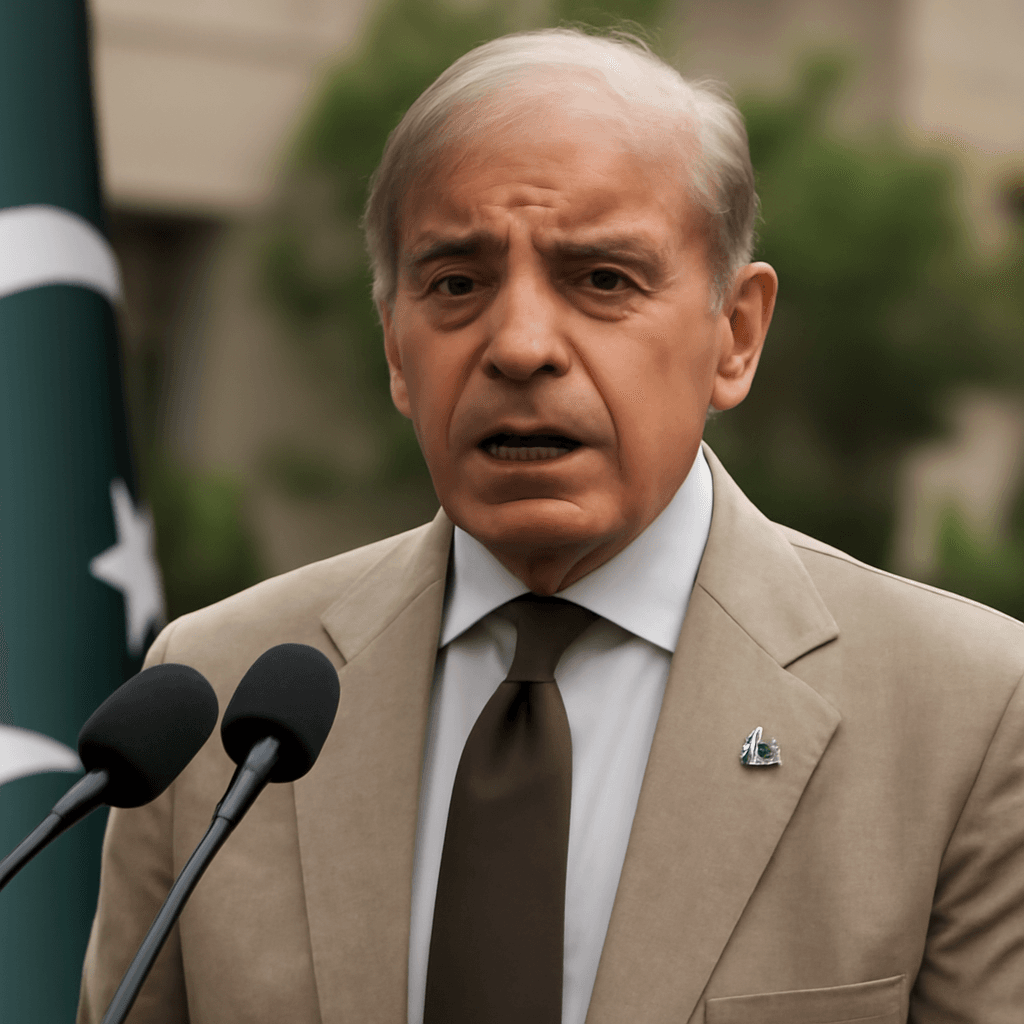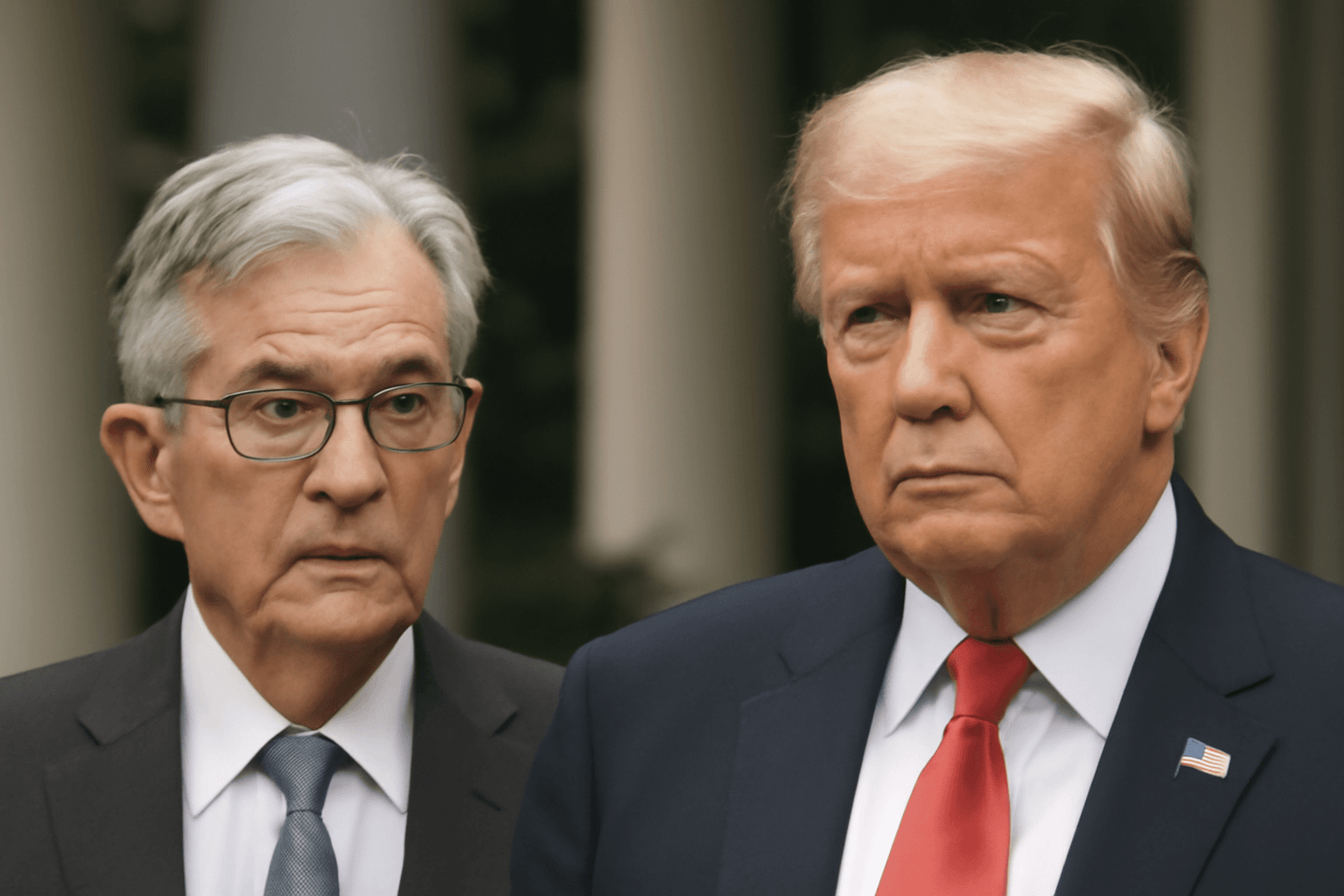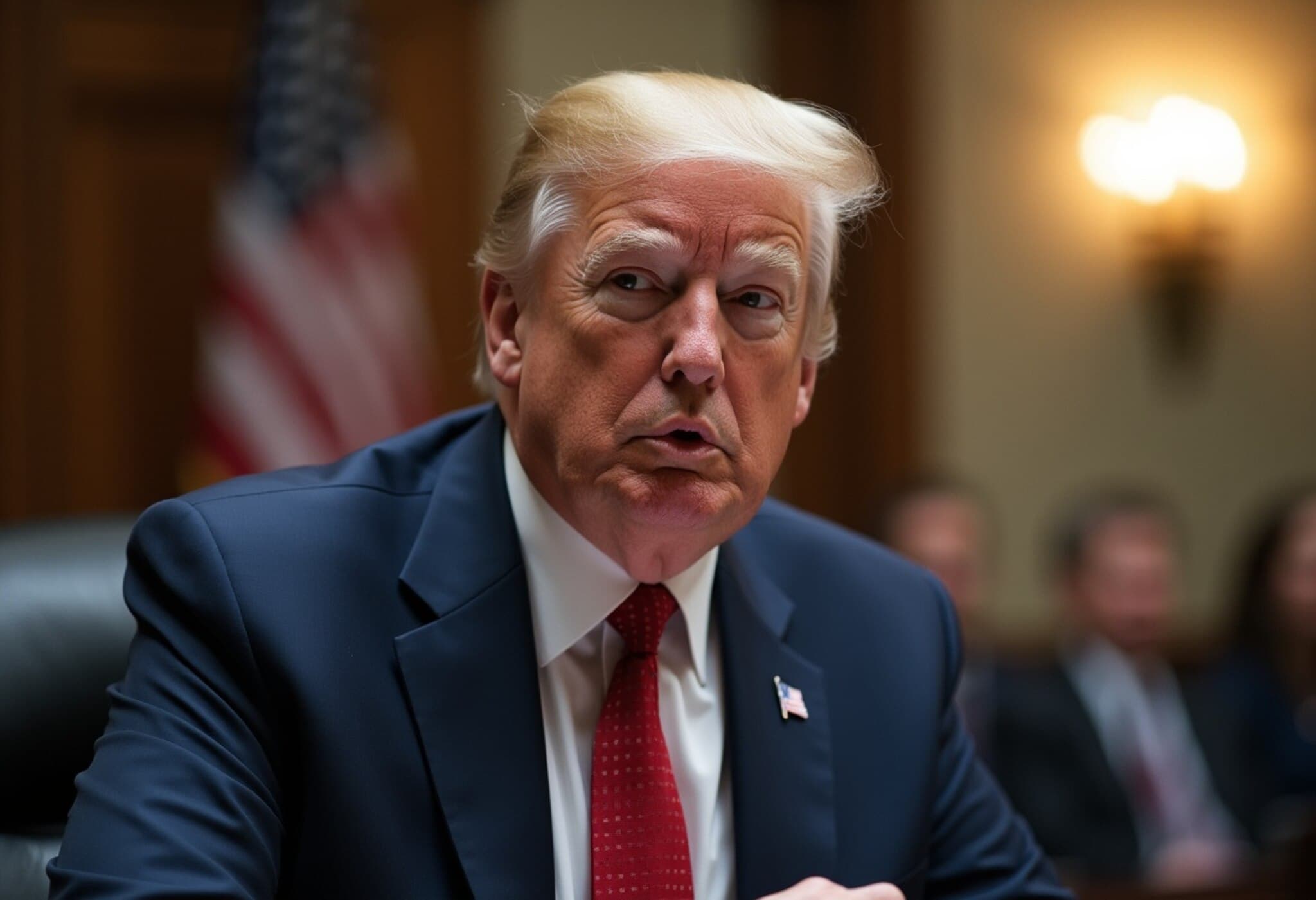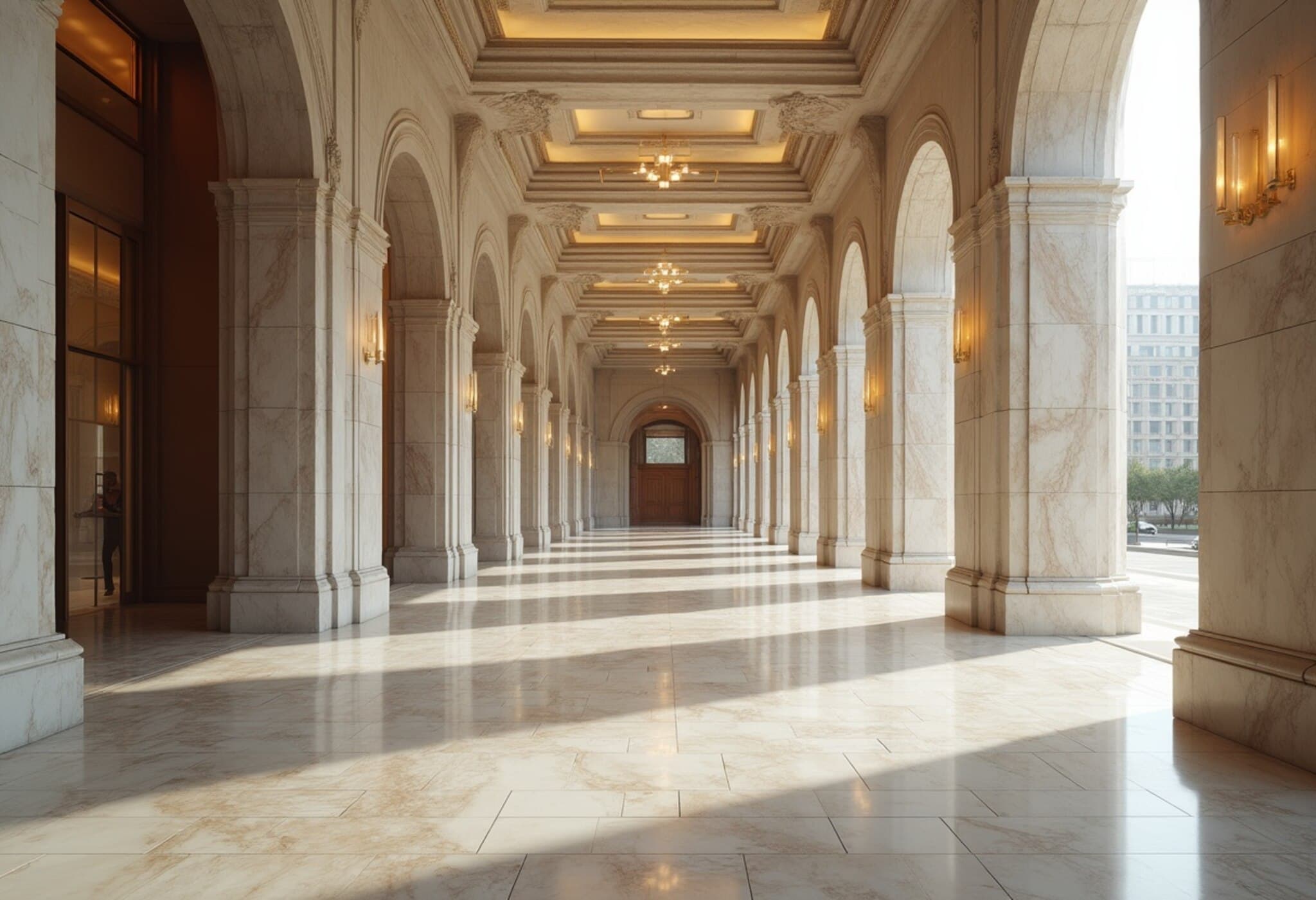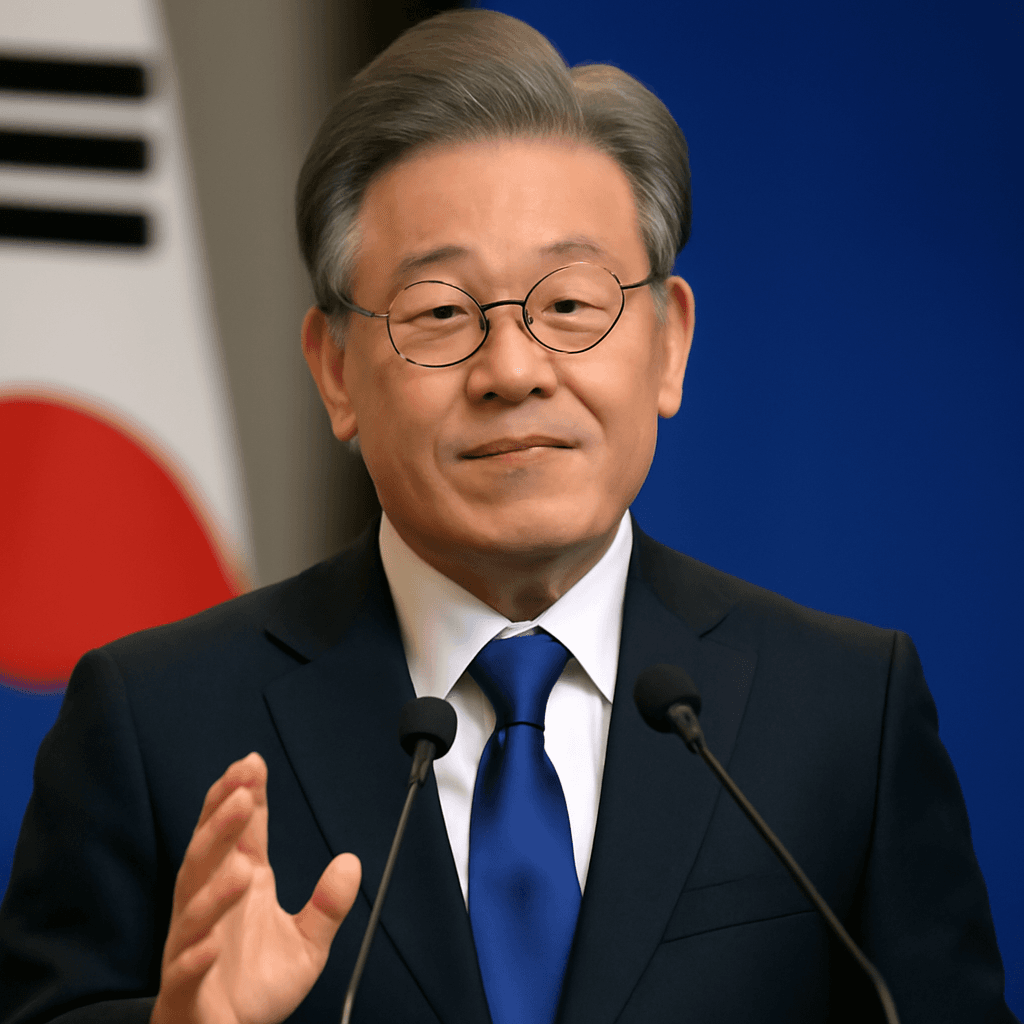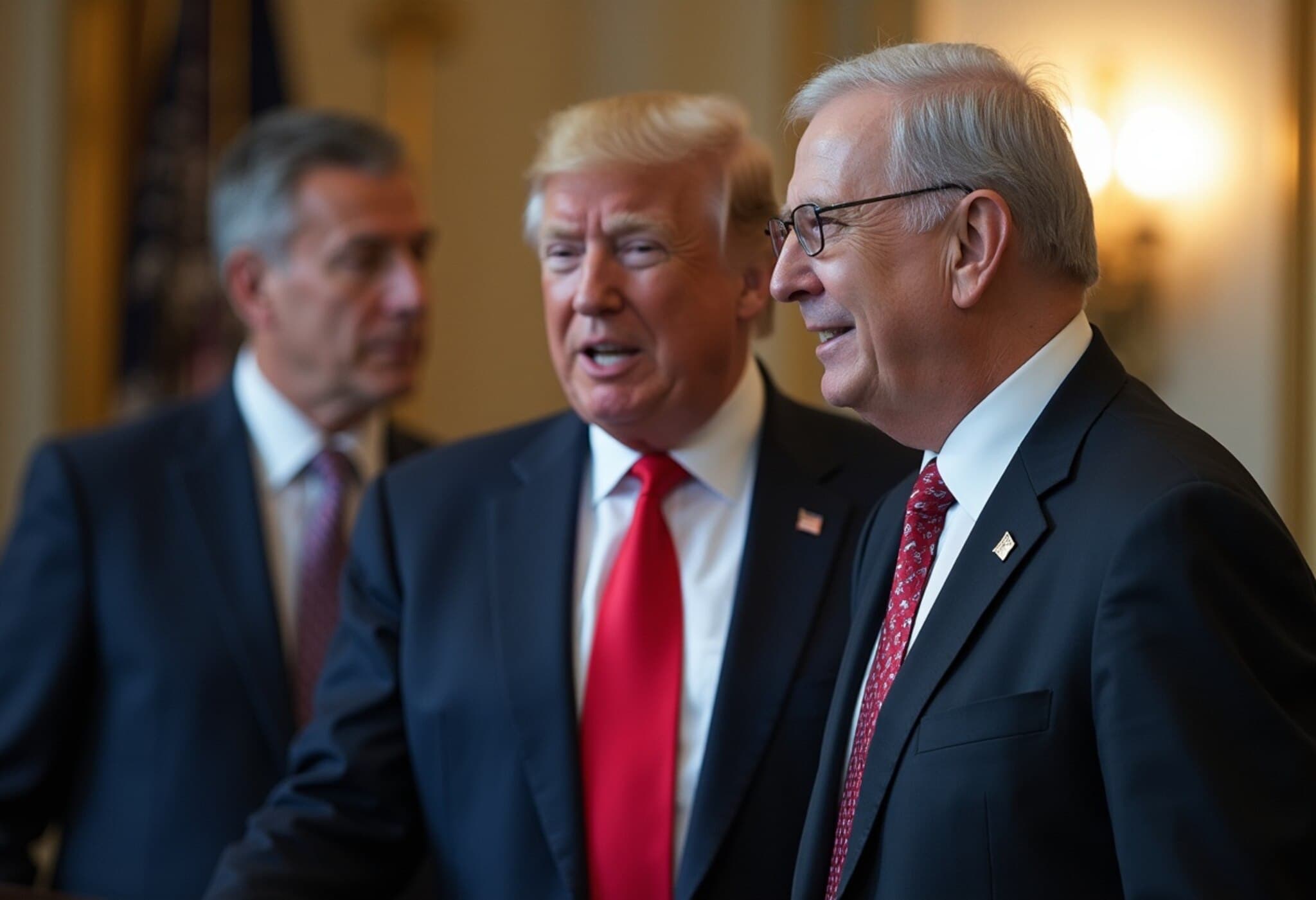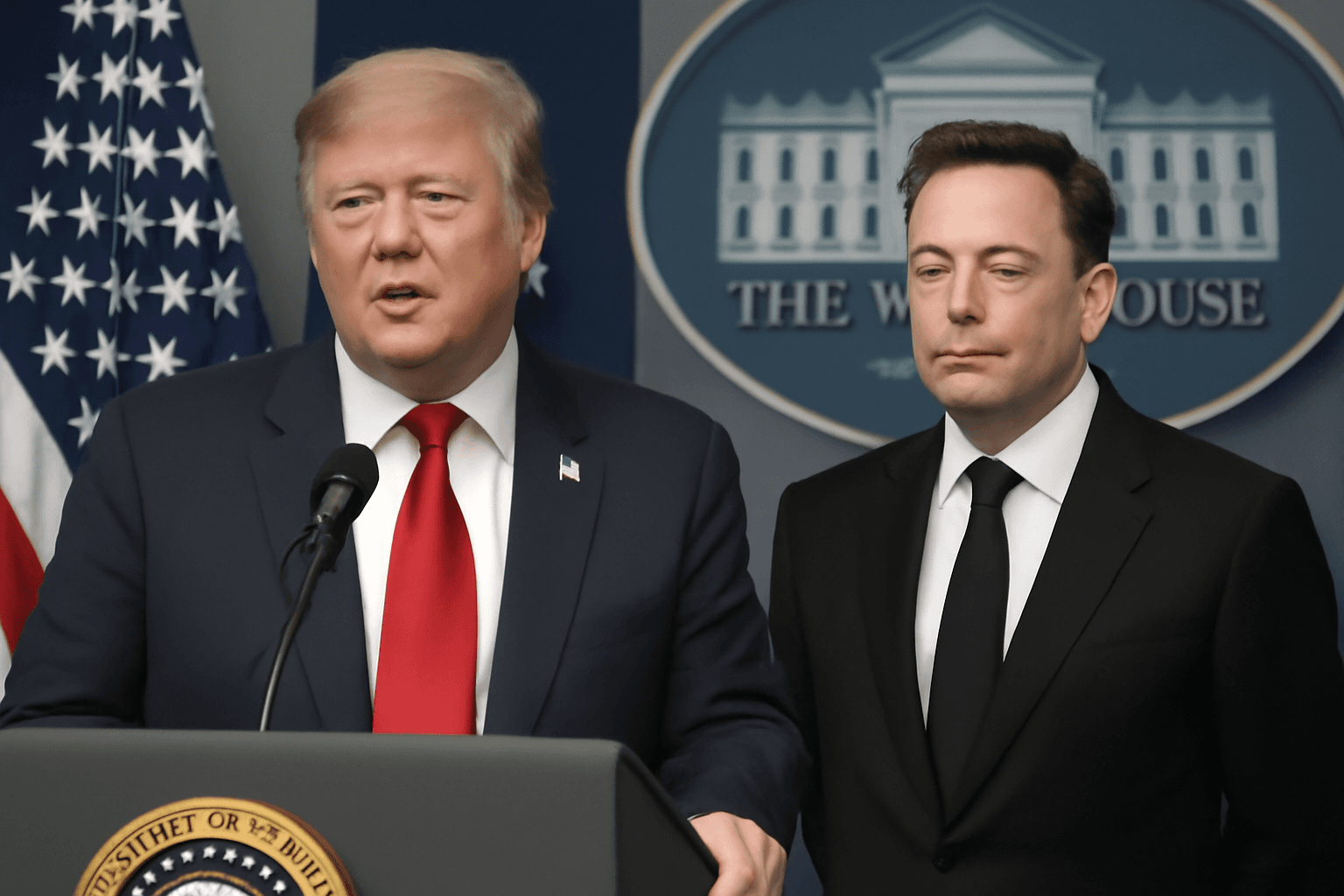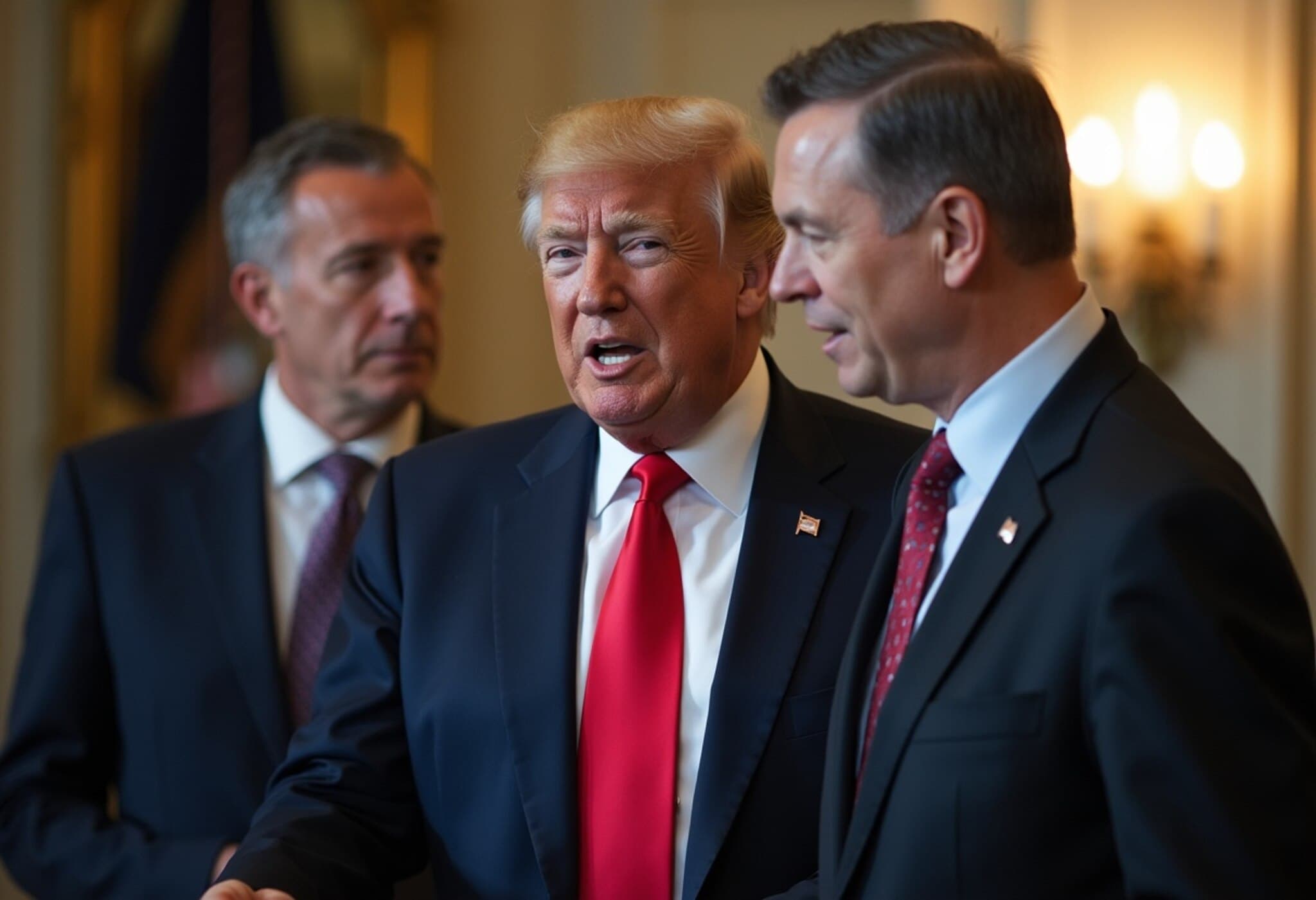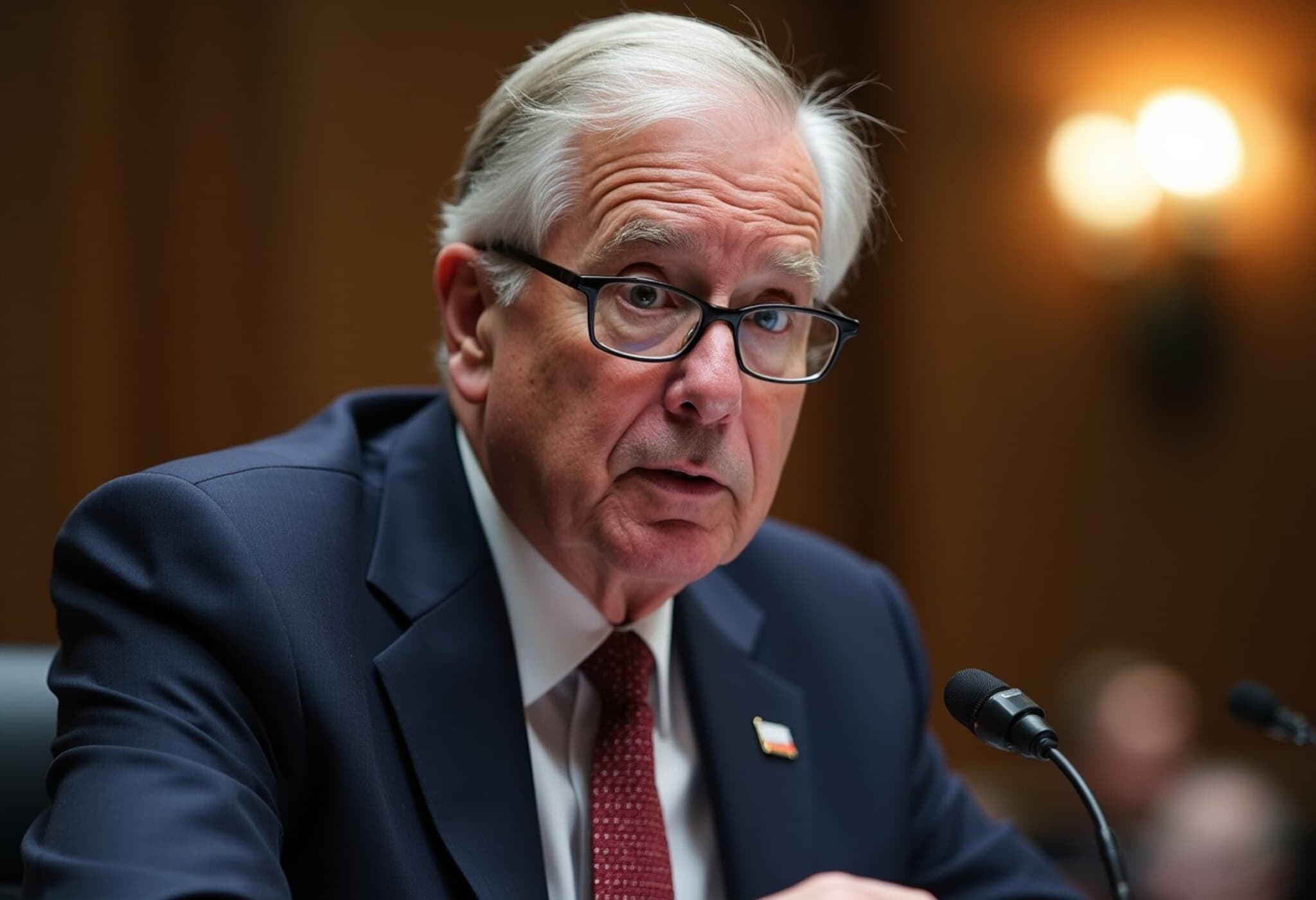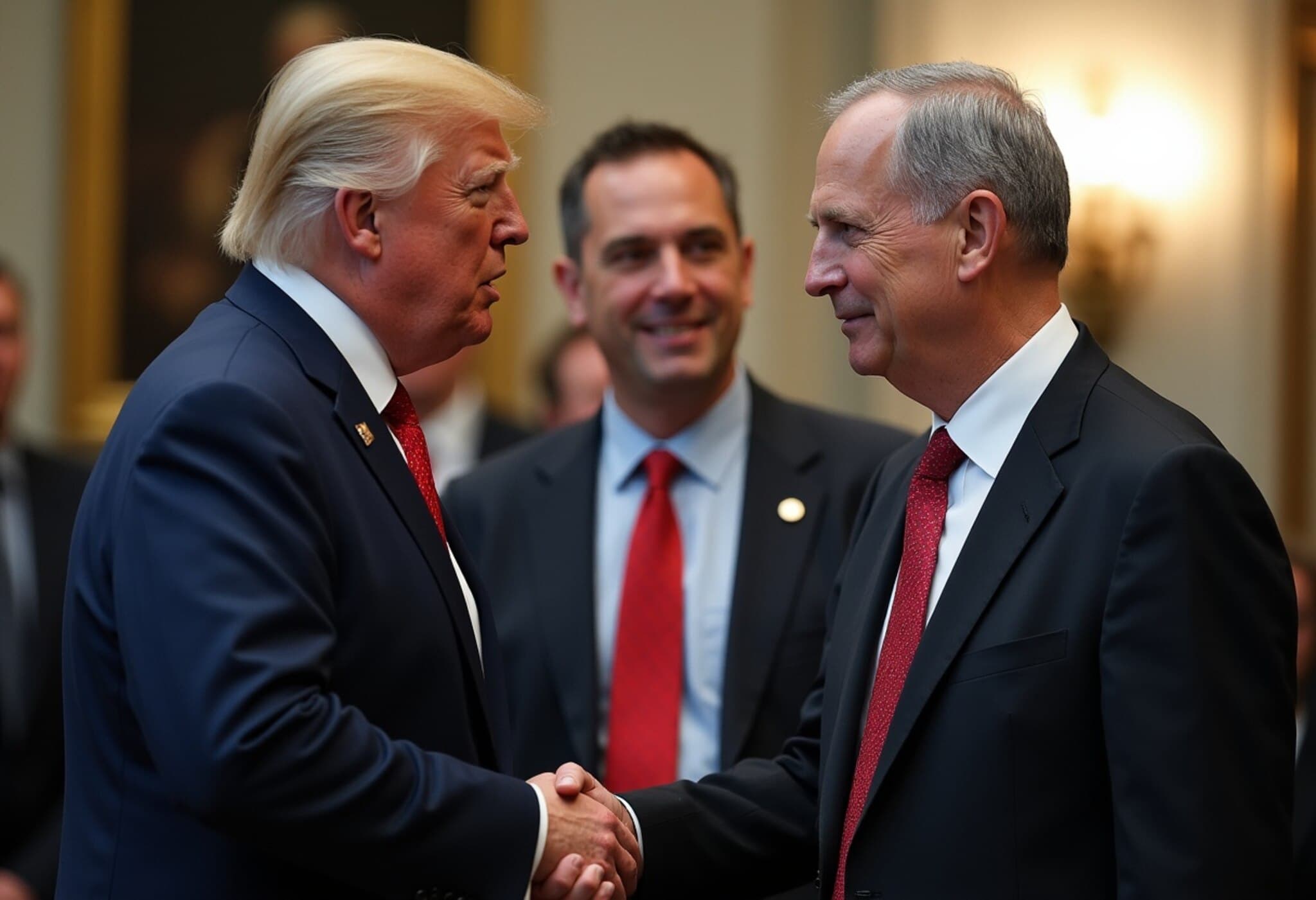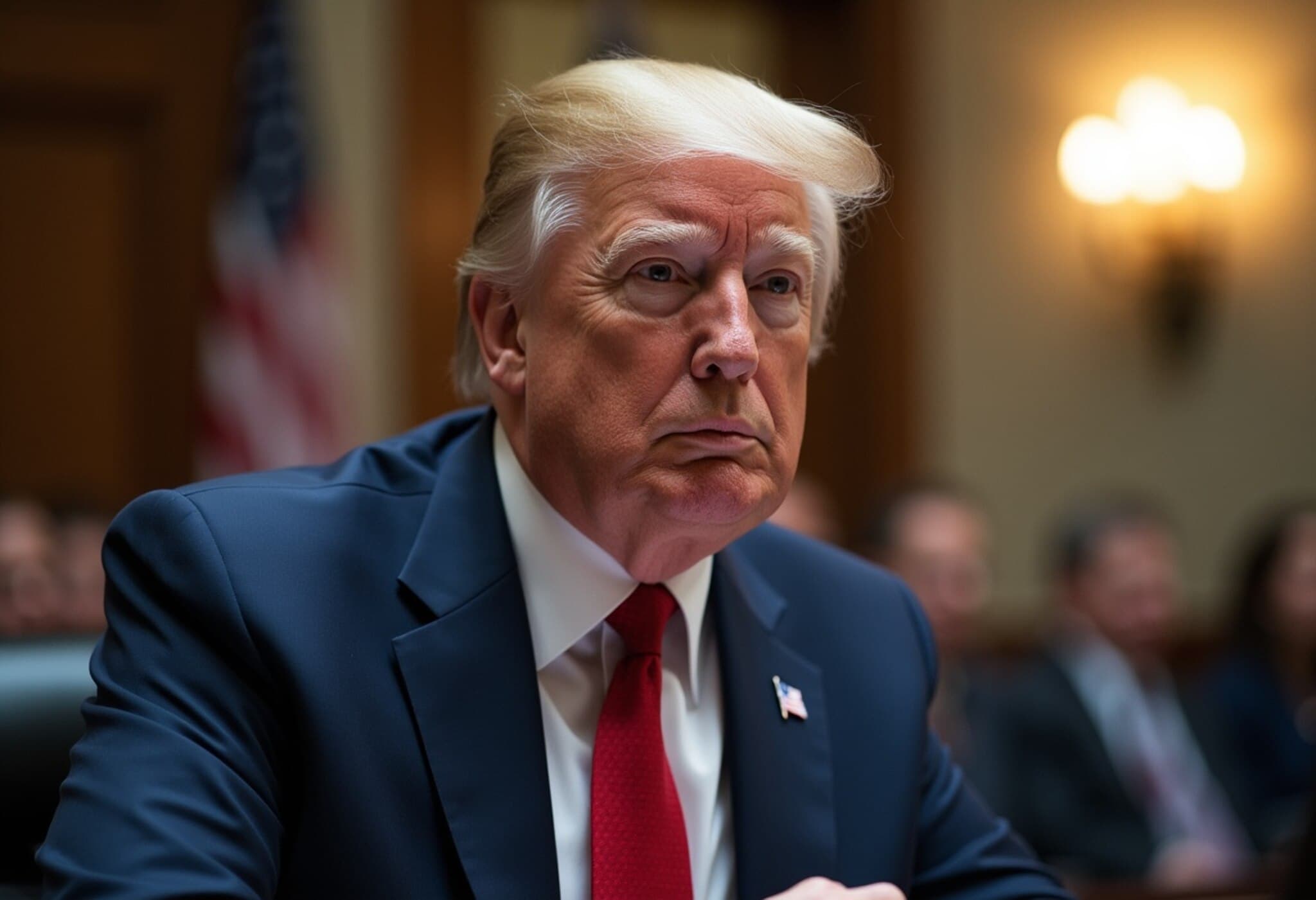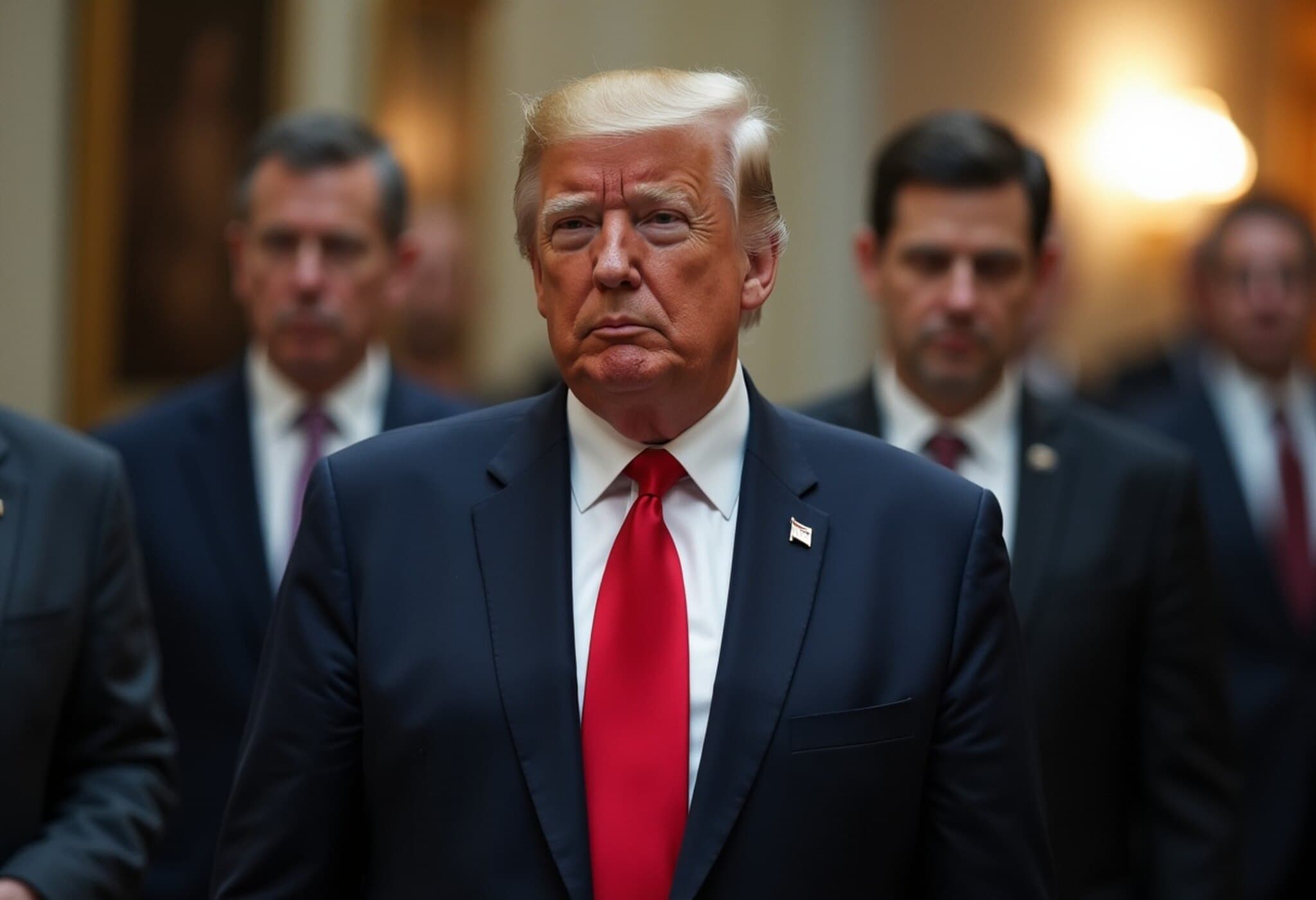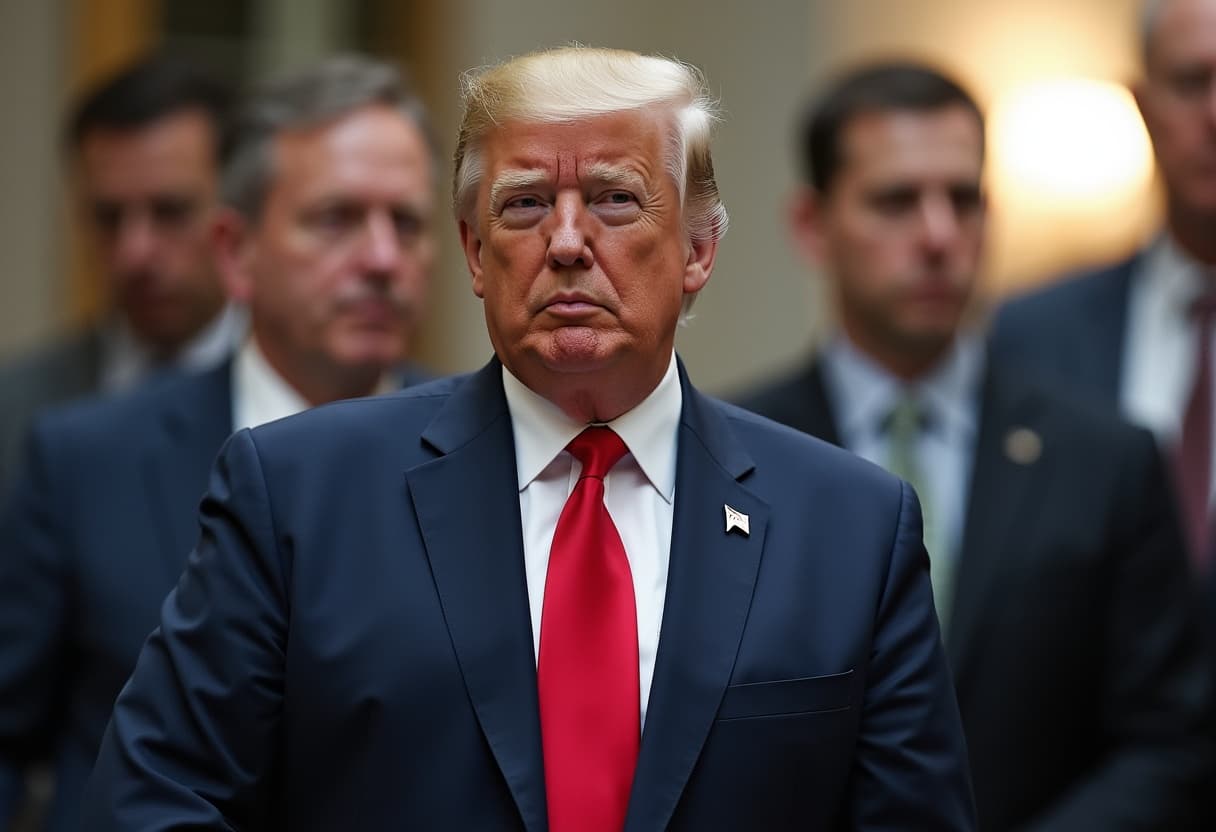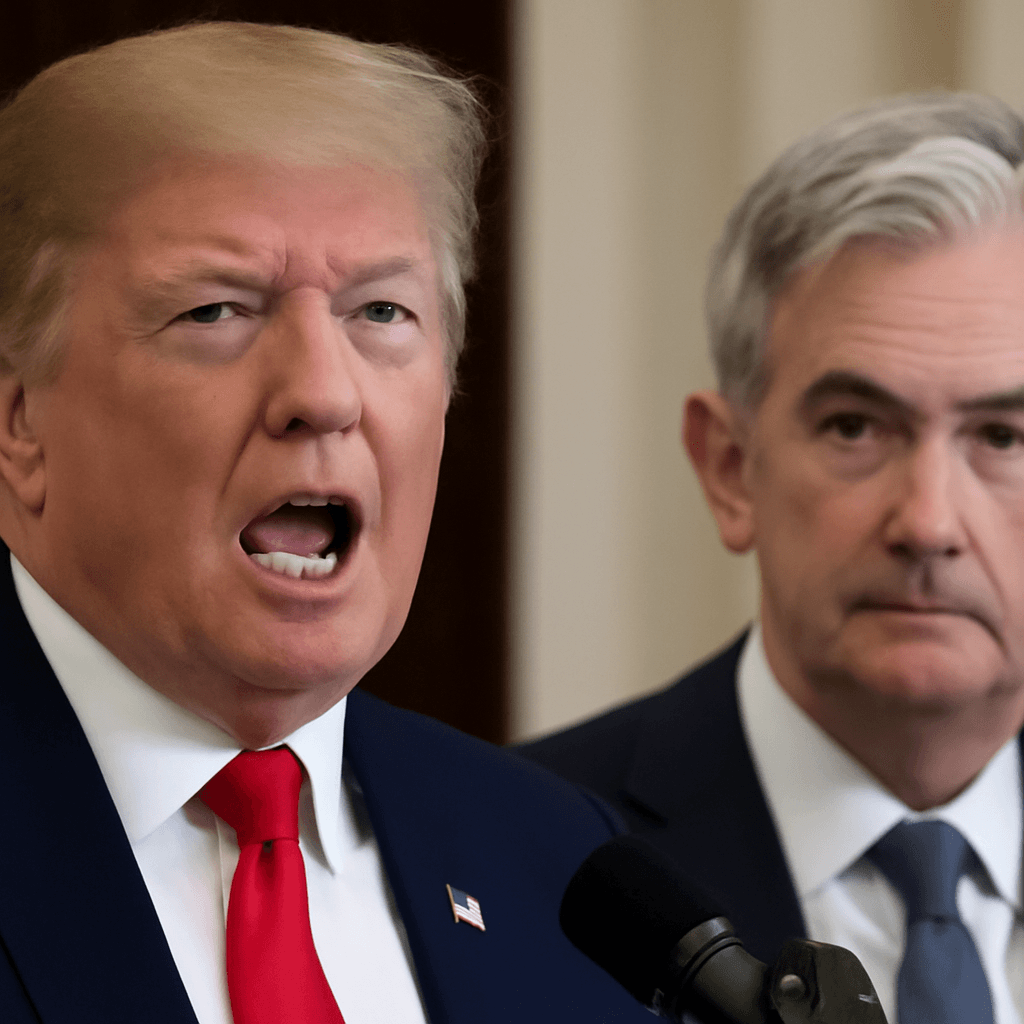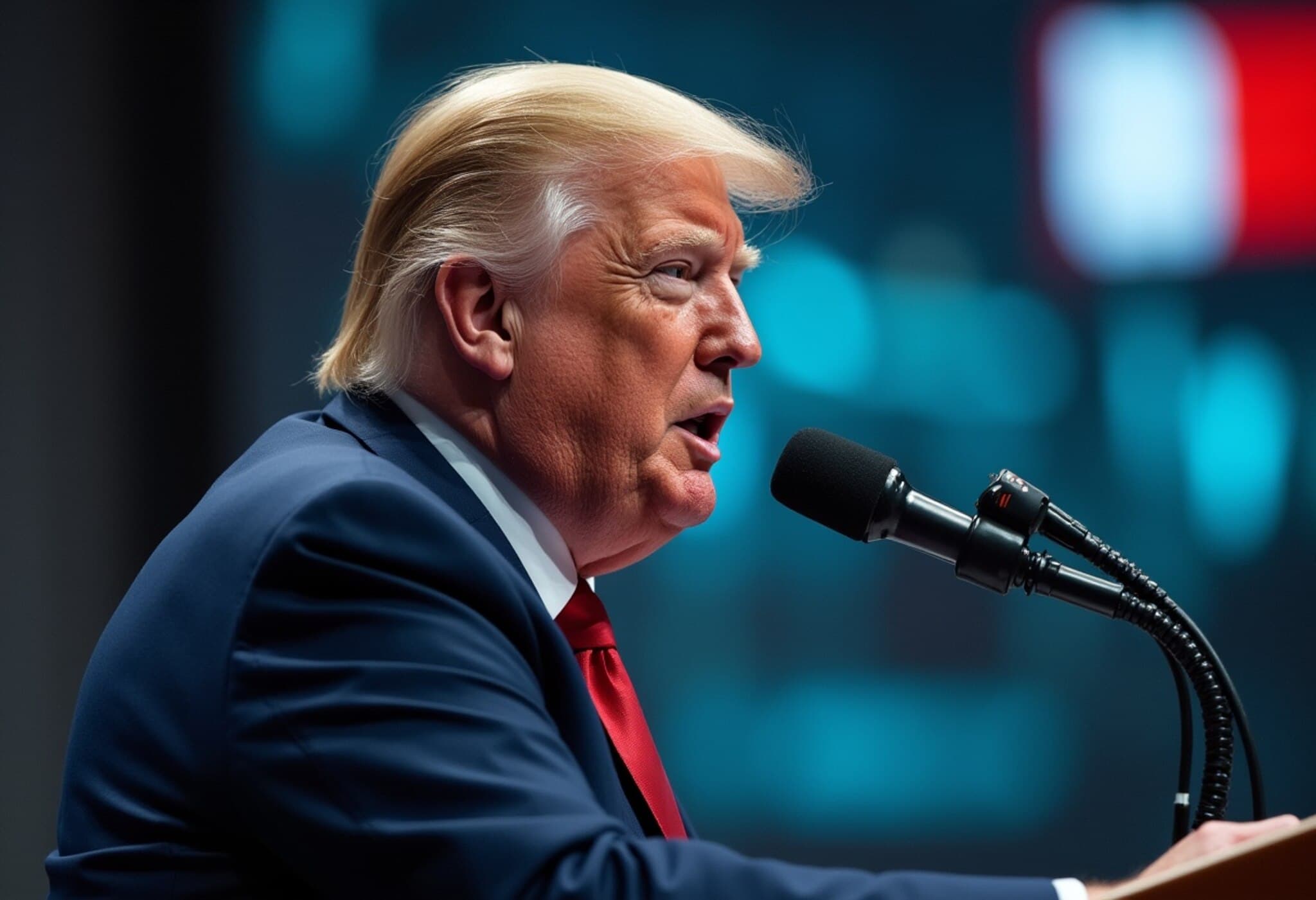Trump Voices Criticism During Federal Reserve Building Renovation Tour
On July 25, 2025, former President Donald Trump publicly rebuked Federal Reserve Chair Jerome Powell concerning the escalating expenses tied to the ongoing refurbishment of the Federal Reserve headquarters. This interaction occurred during a high-profile tour of the renovation site, drawing attention to deeper debates over fiscal responsibility at the nation’s central bank.
Backdrop to the Federal Reserve’s Renovation
The Federal Reserve building, a historic landmark in Washington D.C., has been undergoing extensive renovations aimed at modernizing its facilities and enhancing security measures. Originally projected to cost around $400 million, recent reports suggest budget overruns have pushed expenses substantially higher.
These renovations are intended to preserve the century-old infrastructure while integrating state-of-the-art technology necessary for today’s rapidly evolving financial landscape. However, cost escalations have sparked scrutiny from politicians and the public alike.
Trump’s Concerns Over Government Spending
During the tour, Trump sharply criticized Powell, questioning the wisdom and management of the Federal Reserve’s budget. "I just don’t see how it makes sense to spend that much taxpayer money on a building," Trump remarked. "We need American leadership in spending wisely, especially with inflation still gripping the country."
His comments come amid broader conversations about government spending, fiscal discipline, and the role of the Federal Reserve in managing economic stability. Trump’s critique, though not surprising given his history of challenging Fed policies, adds to the ongoing political pressure on Powell and the monetary policymakers.
Implications for U.S. Economic Policy and Public Perception
The interaction highlights an often underreported tension between the Federal Reserve’s operational expenditures and public expectations for cost efficiency. While the Fed operates independently, its decisions, including capital projects, are vulnerable to political scrutiny, especially from influential figures like Trump.
- Fiscal Accountability: The escalating costs raise questions about the federal oversight mechanisms governing large-scale government projects.
- Transparency Concerns: Calls for greater disclosure and justification of the renovation budget may increase.
- Economic Symbolism: The Federal Reserve building itself is a symbol of economic stability; thus, its upkeep reflects broader public trust in institutions.
Expert Commentary: Balancing Modernization with Prudence
Financial analyst and former Treasury advisor Elaine Roberts notes, "Capital improvements at federal institutions are essential for maintaining operational integrity, but unchecked cost overruns risk undermining public confidence. The Fed must communicate clearly how these investments translate into long-term economic benefits."
Furthermore, urban planners suggest that preserving landmark buildings while equipping them for contemporary demands is a complex, costly process prone to unforeseen challenges — a nuance often lost in political rhetoric.
Looking Ahead: What This Means for Stakeholders
As the Federal Reserve continues with its renovation, the debate ignited by Trump’s remarks underscores the ongoing challenge of balancing infrastructure modernization against fiscal restraint amid a politically charged environment. For policymakers, the key lies in demonstrating value for public funds while maintaining the independence vital to the Fed’s mission.
Questions for the Public and Policymakers
- How should the Federal Reserve balance transparency with operational independence?
- What oversight mechanisms are appropriate for budget management on federal projects?
- To what extent should political leaders influence monetary institution expenditures?
This exchange between Trump and Powell over renovation costs at the Federal Reserve building is more than a routine political spat. It shines a light on the intricate balance between necessary modernization of critical institutions and the imperative for fiscal responsibility in the eyes of the public. As America grapples with inflationary pressures and economic uncertainty, accountability in large federal expenditures will remain a potent and sensitive issue. Experts and citizens alike should watch closely how the Fed justifies these investments, ensuring they contribute meaningfully to the long-term health of the U.S. economy.


